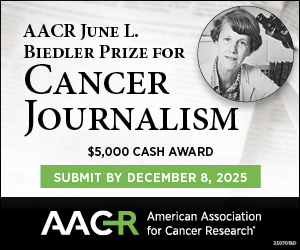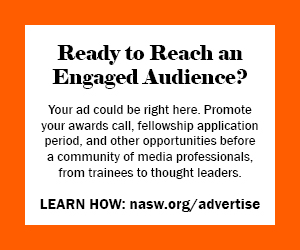In 1580, ruminating about his kidney stones, Michel de Montaigne wrote, “It is likely I inherited the gravel from my father.” That was a visionary concept, Carl Zimmer writes in She Has Her Mother’s Laugh: The Power, Perversions, and Potential of Heredity. In exploring how heredity defines us, Zimmer covers diverse topics including the pseudoscience of eugenics and today’s three-parent babies.
Former NASW executive director Diane McGurgan is retiring as CASW administrator this week after 40 years of combined service to science writing.


